1. Angkor Wat Is the Largest Religious Monument in the World
Angkor Wat is the largest religious monument in the World. The ruins occupy an area of over 400 square kilometres. It takes several days to properly explore the entirety of the complex.
The original Wall at Angkor Wat could enclose the temple, city and royal palace, covering a space of over 200 acres area. But nothing of the wall remains today.
2. The Name 'Angkor Wat' Translates to 'City of Temples'
Angkor Wat literally translates to 'City of Temples'. Angkor was the capital of the Khmer Empire in the 15th century. The name 'Angkor Wat' comes from the combination of a Sanskrit word 'nagara' meaning 'Capital City' and a Khmer word 'Wat' which translates to temples.
3. One of Two National Monuments in the World to Feature on the National Flag of a Country
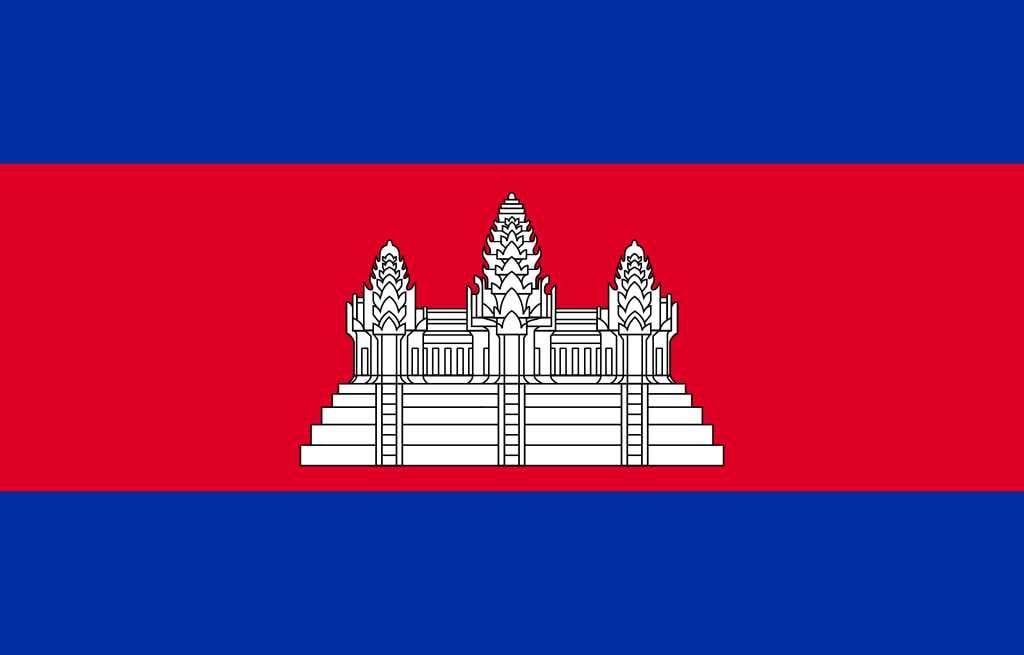
Angkor Wat is undoubtedly the pride of Cambodia. Cambodians are so proud of the ancient monument that they put Angkor Wat in Cambodia flag in 1850. The only other country to have a national monument on their national flag is Afghanistan.
Angkor Wat is also featured on the national currency of Cambodia as well.
4. It Singledhandedly Draws 50% or More of Cambodia's Foreign Tourists
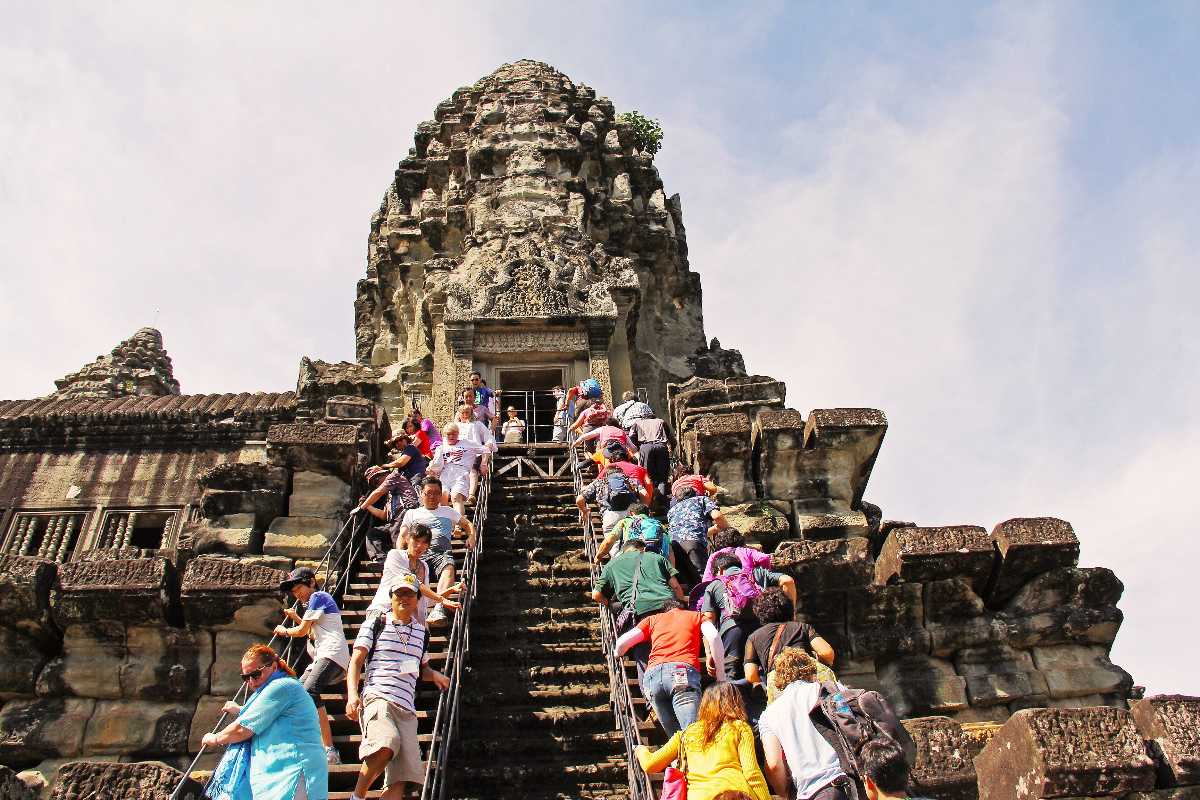
Angkor Wat's history and size have made it an international sensation. This heritage site is the main reason why 50% of foreign tourists visit Cambodia. And the number of tourists visiting the site is approximately 2 million annually.
5. It Is Not One of the Seven Wonders of the World
Despite its fame, size and historical importance, Angkor Wat isn't considered among the New Seven Wonders of the World. It lost out when the official voting result was announced on July 7, 2007.
6. Angkor Wat was previously known as Pisnulok
Before the 16th century, Angkor Wat was called 'Pisnulok'. It came from the official title of Khmer King Suryavarman II, who built the temple.7. Astronomical Study Largely Influenced the Design of the Temple
Astronomy had a significant influence on the structure of Angkor Wat. The main temple has an observation deck to watch the Sun and the Moon. The outer wall axis around the complex is precisely equal to the solar years in days, and its perimeter is equal to the lunar year in days.
8. Angkor Wat Was Originally a Hindu Temple
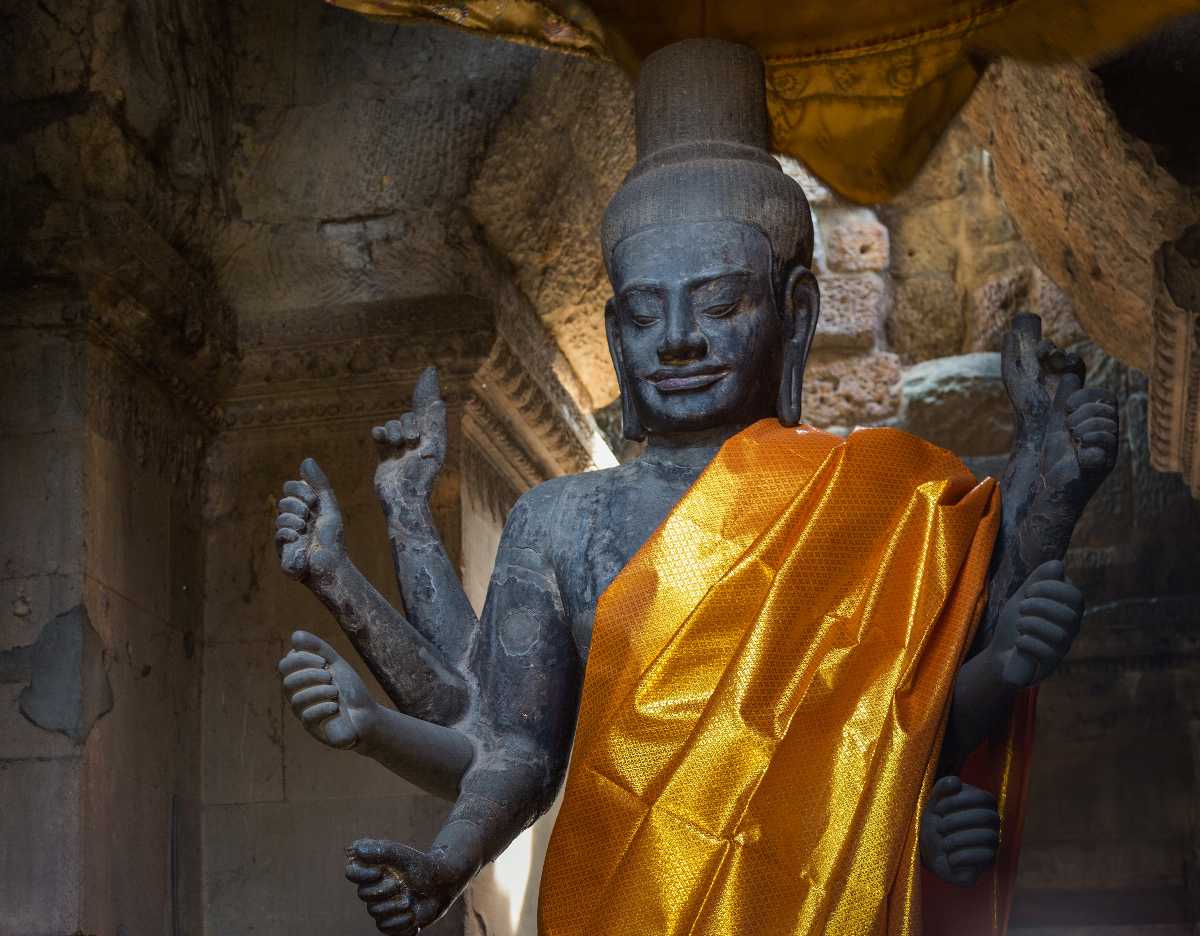
Angkor Wat was originally dedicated to Lord Vishnu. Have you seen religions sharing shrines before? That's precisely what happened in Angkor Wat. Angkor Wat was built as a Hindu Temple dedicated to Lord Vishnu - The Protector. But towards the end of the 12th Century, more and more Buddhist people came into the region, and Angkor gradually became a Buddhist Temple. After 1432, when Angkor City was permanently moved to Phnom Penh, Angkor Wat completely transformed into a Buddhist Temple.
9. The Wall Carvings and Murals Depict Stories and Epics from Hindu Mythology
Looking through the murals and wall carvings can help you understand the origin of the temple and stories of Hindu mythology, especially the story of 'Samudra Manthan'. It's one of the most famous stories in Hindu Mythology. It appears in Bhagavata Purana, Mahabharata and Vishnu Purana where it is said that the Gods and Demons churned the Ocean of Milk to create 'Amrit' (nectar of immortality).
10. The Entire Complex Was Designed Taking Hindu Cosmology into Consideration
The main temple represents the design of mount Meru. The Angkor Temple consists of six towers, among them the hight of the tallest tower is 65 meters with a series of enclosed walls, which recreates the image of Mount Meru. Mount Meru, a legendary place in Hindu Mythology was considered to have been the abode of Devtas (Hindu Gods).11. The Temple Is Oriented Westward Which Is Forbidden in Hindu Culture
Angkor Wat is unusually oriented towards the west. This is in contrast to Hindu culture where the direction of west is associated with death. Historians till date debate on how such a contrast arose.
12. Rome Wasn't Built in a Day. Neither Was Angkor Wat - It Took Over 30 Years
It took several decades for the completion of Angkor Wat, right from its conceptualisation, design and then final construction. Historians say at least 30 years was required for its completion.
13. Over 5 Million Tons of Sandstone Was Carried from a Quarry 25 Miles Away for Its Construction
Over 5 million tons of sandstone was used in the construction of Angkor Wat. Only to create a moat around the temple 1.5 million cubic meters of sands and silted had to move. And over five million bricks were moved to the temple from the nearby mountain by 1000 elephants and more than 300,000 labourers.
14. Instead of Mortar a Vegetable Compound Was Used as a Bonding Agent
The Bricks of Angkor Wat were not bonded with mortar with a strong compound made from vegetables. If you look closely at the gaps of bricks, you will not see any sign of mortar or cement. But till date, the ruins stand strong today.
15. Angkor Wat Was Once Painted with Colours
Many tourists don't know that the surface of Angkor Wat was painted many years ago. Today a small part of the paint remained on the temple.
16. The Complex of Angkor Wat Houses More than Just the Temple
There is much more to see other than Angkor Wat. Many people don't know much beyond the Angkor Wat Temple, but the Angkor Wat complex also hosts Angkor Thom, Bayon, Ta Prohm, etc. which are equally compelling and interesting.
17. There Is a Temple Named Bayon Which Has Many Smiling Faces on Stone
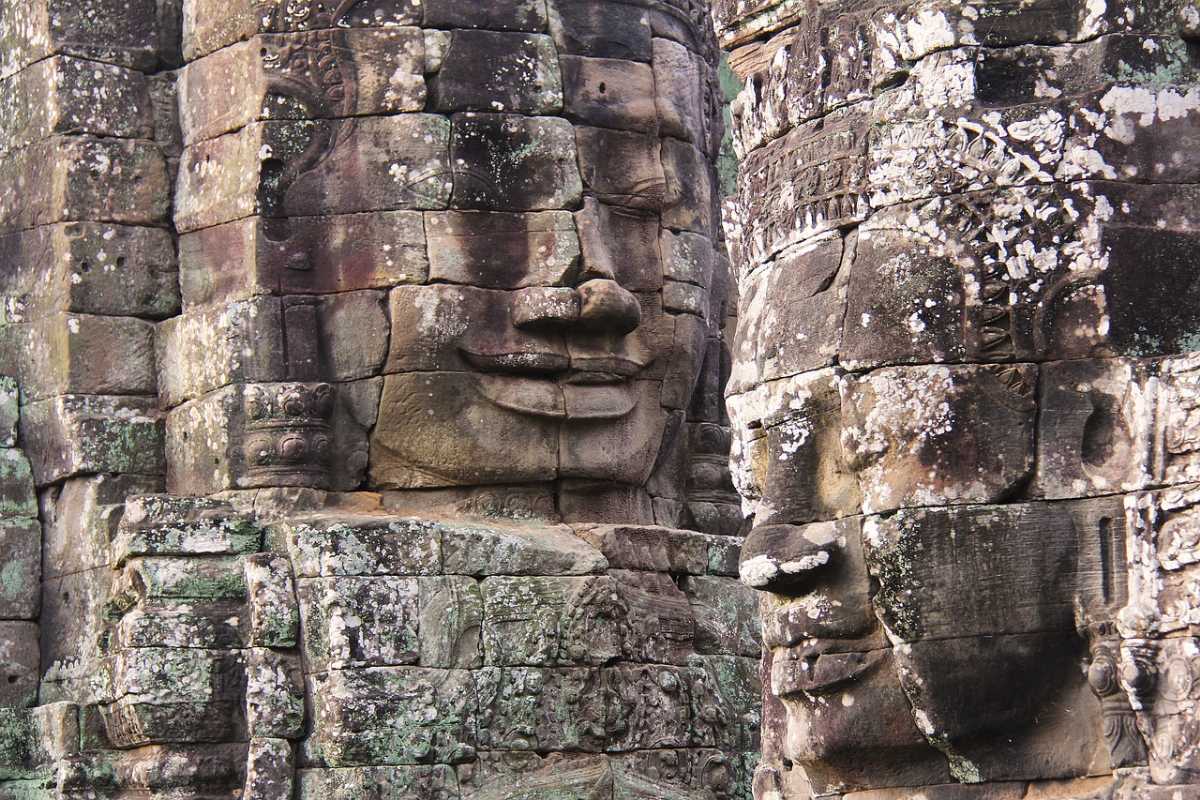
The Bayon temple is peculiar because it consists of 200 smiling faces built with stone. The locals believe that praying in front of them gives good luck and prosperity, although it remains a mystery as to why the faces are smiling.
18. Angkor Wat Was Used as a Location for a Scene in Lara Croft: Tomb Raider
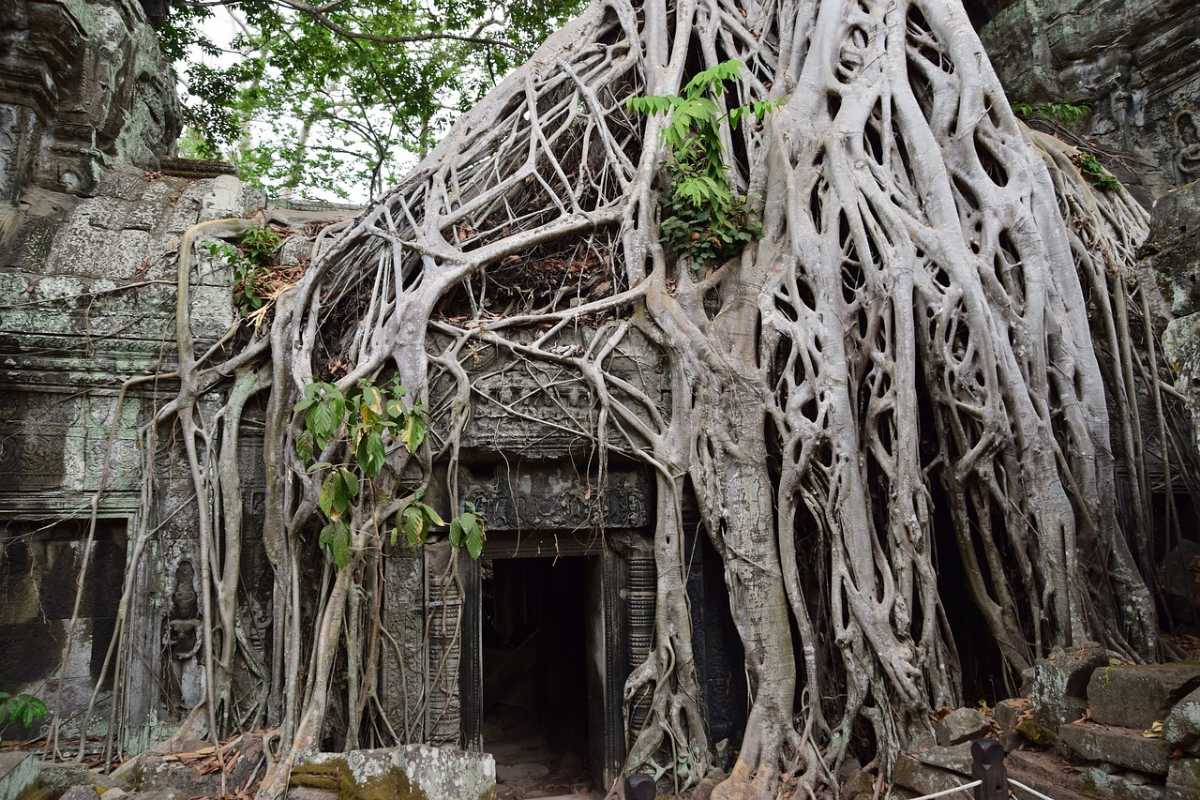
The famous Hollywood movie Lara Croft: Tomb Raider was filmed in Angkor temple Ta Prohm. Paramount was charged USD 10000 per day to shoot at the location. Fun Fact - Angelina Jolie's first adopted son Maddox was from an orphanage in Cambodia.
19. Angkor Wat Has a Proper Dress Code
You cannot enter the temple complex without maintaining a proper dress code. Visitors need to wear long pants to cover their knees and shirts covering their shoulders. And Skirts, Shorts, Tank Tops are not allowed inside the temple premises.
20. A Private Company Used to Own Angkor Wat
From 1920 to 2018 a private company named Sokimex rented Angkor Wat Temple. It managed the entire complex and made profits by promoting tourism towards it. From 2019 onwards, the Cambodian government took back complete ownership.
21. A Frenchman, Heri Mouhot Helped Spread Angkor Wat's Fame in the West
A french Explorer Henri Mouhot visited Angkor Wat sometime in the middle of the 19th century. His travel experiences brought the historic site limelight in the western countries when he published his book - Travels in Siam, Cambodia, Laos, and Annam.
22. Former Us President John F. Kennedy's Wife Visited Angkor Wat During the Vietnam War
Jacqueline Kennedy (Wife of John F. Kennedy) once risked her life to visit Angkor Wat during the Vietnam War to fulfil her lifelong dream of seeing the monument.
